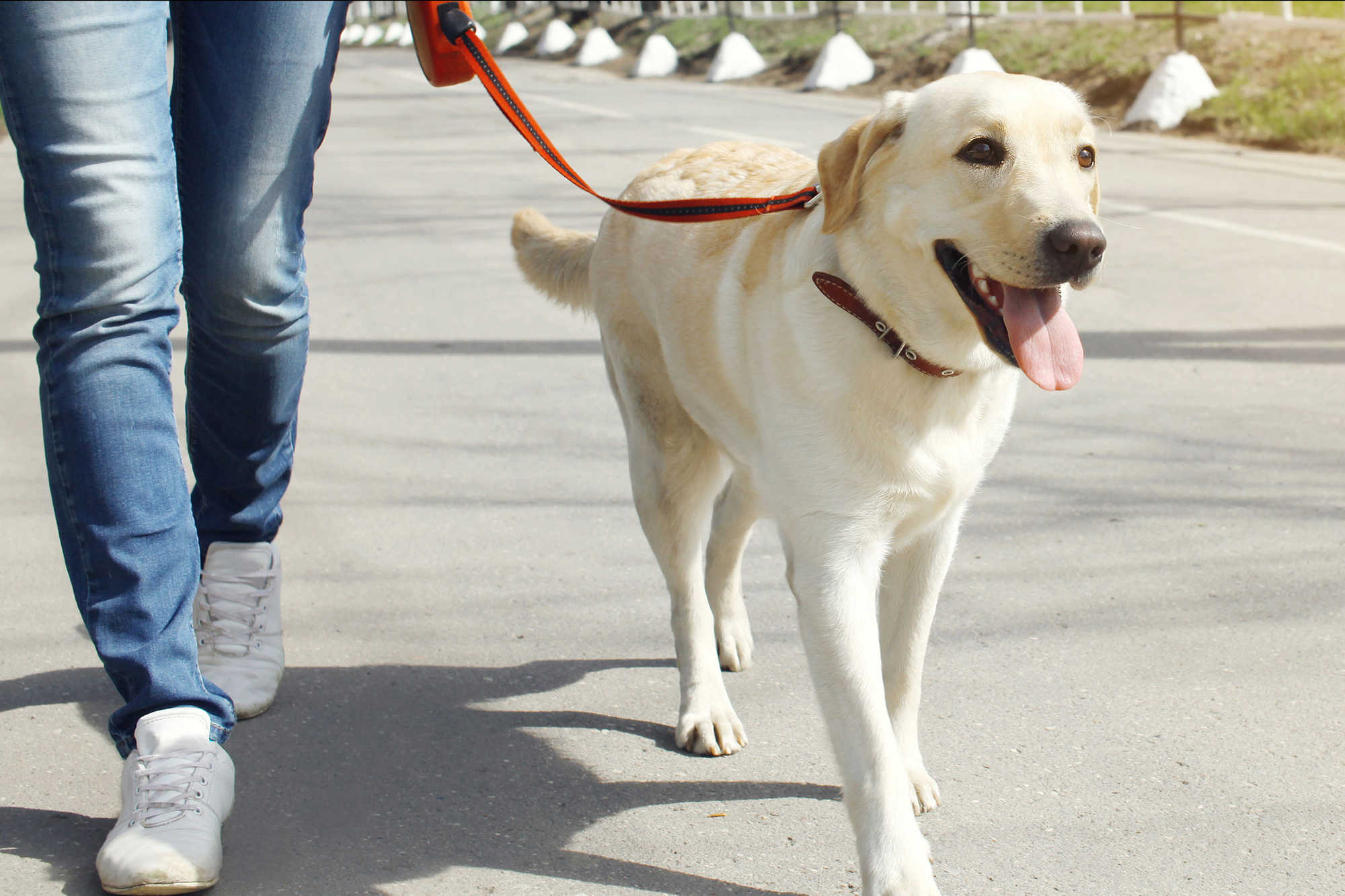Walking your dog is a joyful daily routine but when the heat rises, it can turn into a dangerous activity if not approached with care. As a responsible pet owner or walker, understanding the how and why of safe summer walking is essential to prevent overheating, dehydration, or paw burns.
With insights from our experienced team at a pet walking company in St. Petersburg, Fl, here are essential warm-weather walking tips to keep every pup safe, happy, and hydrated.
Why Walking Dogs in Heat Requires Caution
Dogs regulate heat differently from humans. They can’t sweat through their skin and instead cool down by panting and through their paw pads. Unfortunately, this method isn’t always efficient in Florida’s intense humidity.
Here’s why extra care matters:
- Dogs are vulnerable to heatstroke, especially short-snouted breeds
- Surfaces like asphalt can reach over 130°F and burn paw pads
- Heat-related illness can occur in as little as 10 minutes
Don’t risk your dog’s safety. Learn how to make summer walks safer below.
How to Walk Your Dog Safely in Warm Weather
-
Time It Right: Early Morning or Late Evening Walks
Avoid walking your dog during peak sun hours (10 AM to 4 PM). Choose:
- Before 9 AM or after 6 PM strolls
- Routes that provide shade and cooler air
Quick Tip: Do the 7-second test place your hand on the pavement. If it’s too hot for your hand, it’s too hot for their paws.
-
Shorter Walks, More Often
Why? Dogs can quickly overheat if overexerted. It’s better to take 2-3 shorter walks per day than one long session. Your local pet walking company should always adapt walk duration to the day’s conditions and your pet’s needs.
-
How to Keep Your Dog Hydrated
Carry a portable water bottle and collapsible bowl. Offer small sips every 15 to 20 minutes during the walk.
Signs of dehydration:
- Excessive panting
- Dry nose or gums
- Lethargy
Not sure how much water your dog needs on a walk? Ask our team at Pup Mobile for hydration guidance tailored to your dog’s breed and size.
-
Choose Shady, Grassy Walking Routes
Pavement and asphalt retain heat long after the sun sets. Prioritize:
- Grassy parks
- Tree-lined sidewalks
- Shaded neighborhoods
Why it matters: Grass is cooler underfoot, and shaded paths reduce the risk of heat exhaustion.
-
Use Paw Protection
How can you protect your dog’s feet?
- Use dog booties or paw balm
- Stick to natural surfaces like dirt or grass
- Check paws after every walk
A quality pet walking company in St. Petersburg, Fl will always check surface temperature and use protection if needed.
-
Monitor Your Dog for Heat Stress
Know how to spot early warning signs of overheating:
- Heavy or rapid panting
- Disorientation or wobbling
- Bright red tongue or gums
- Vomiting or collapse
If you notice any of these signs, stop walking immediately, offer cool water, and get into the shade.
-
Use Cooling Gear
How does cooling gear help? Items like:
- Cooling bandanas
- Mist sprayers
- Cooling vests or mats
…can reduce your dog’s body temperature while walking.
Want to gear up your pup for safer walks? Ask our team which cooling tools are most effective.
-
Skip the Walk When Necessary
If temperatures are extreme, it’s okay to skip the walk. Instead:
- Play interactive games indoors
- Use puzzle feeders or treat mats
- Schedule an early walk for the next day
Need help creating indoor enrichment ideas? Contact our team at Pup Mobile for playtime tips!
Why Choose a Professional Pet Walking Company During Summer?
Hiring a pet walking company during hot weather provides peace of mind. Here’s why it matters:
- Professionals monitor real-time heat indexes
- Walks are customized by breed, age, and energy level
- Experts carry water, cooling gear, and emergency knowledge
- They choose safe routes and know when to stop
A trusted pet walking company in St. Petersburg, Fl knows exactly how to walk dogs safely even in the summer heat.
Worried about walking your dog in the heat? Let our professional walkers handle it for you. Book a walk today
FAQs:
Q1: What’s the best time of day to walk my dog in hot weather?
A: Early morning (before 9 AM) and late evening (after 6 PM) are safest.
Q2: How hot is too hot to walk my dog?
A: If it’s 85°F or above, skip the walk or keep it extremely short. Always check the pavement with your hand.
Q3: Are certain breeds more sensitive to heat?
A: Yes. Brachycephalic breeds like Bulldogs, Boxers, and Pugs are especially heat-sensitive.
Q4: Should I bring water even for short walks?
A: Yes! Dogs can dehydrate quickly in warm weather, even on short walks.
Q5: How do professional walkers keep pets safe in summer?
A: A reliable pet walking company adjusts walk times, carries water, uses cooling gear, and monitors every dog closely for signs of stress.
Final Thoughts:
Warm weather walks can still be safe and enjoyable with the right plan in place. Now that you know the why and how behind smart walking in the heat, you’re ready to keep your dog happy, cool, and healthy all summer long.
Don’t take chances with your pet’s safety. Book your next summer-safe dog walk with a trusted pet walking company in St. Petersburg, Fl today.





